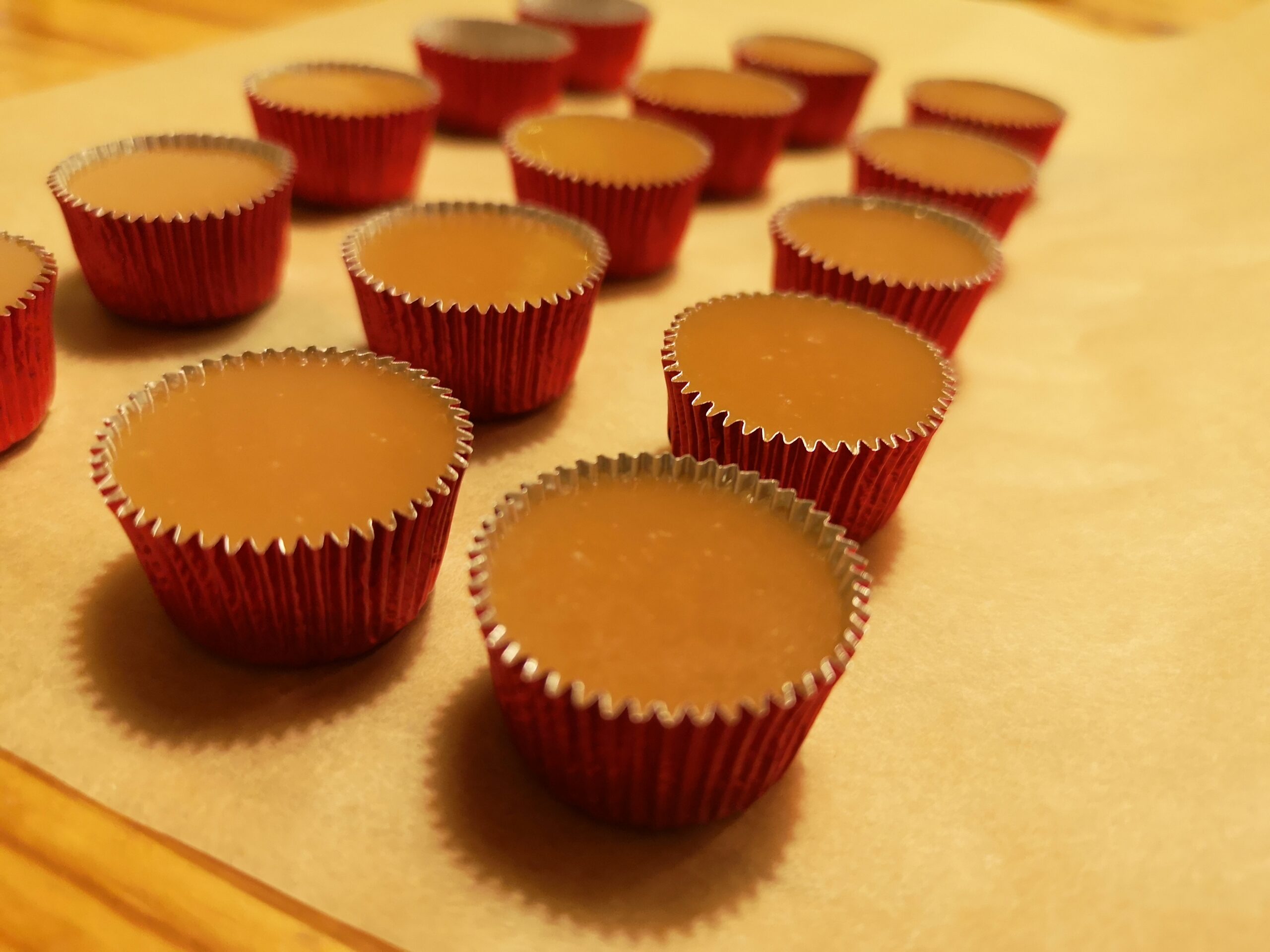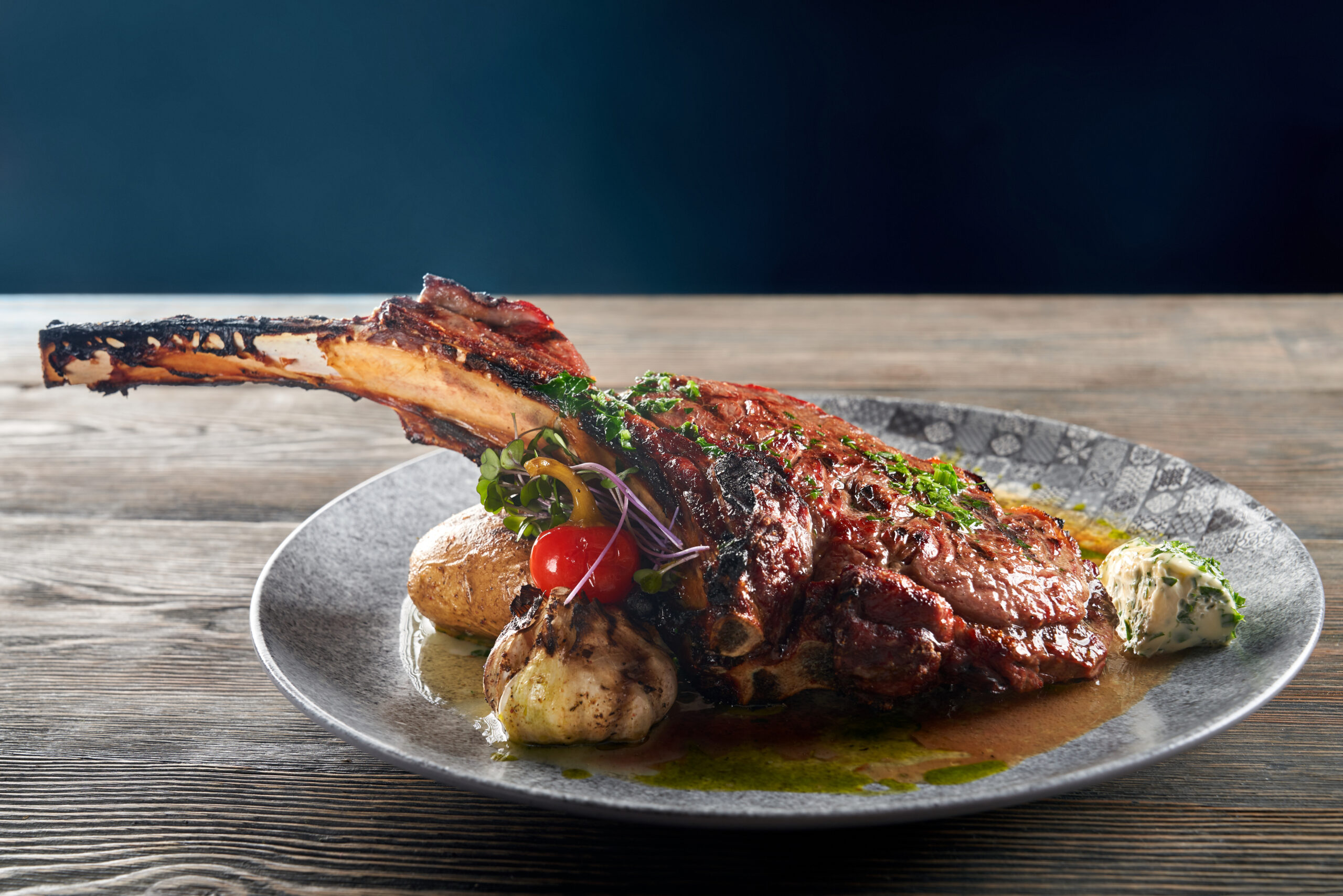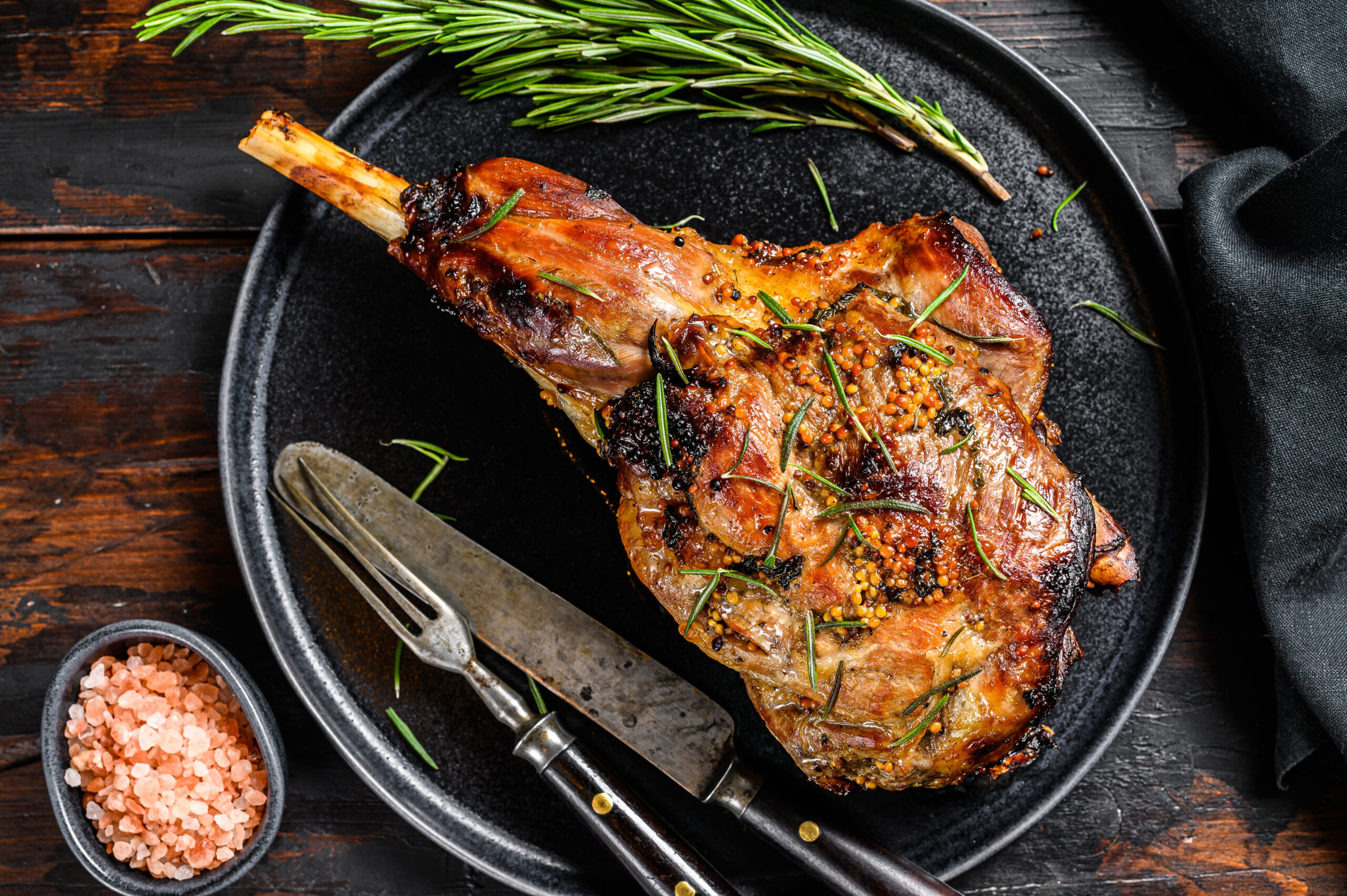Indulge in Delicious Homemade Peanut Butter Cups


Roasting lamb is a culinary art that transforms a simple cut of meat into a succulent centerpiece, perfect for any special occasion or a delightful family dinner. The process of roasting lamb involves selecting the right cut, mastering the preparation, and using precise techniques to ensure the meat is juicy and flavorful. In this guide, we delve into the essential steps and science-backed tips that will help you achieve a perfect roast lamb every time, whether you’re a seasoned cook or a culinary enthusiast eager to expand your repertoire.
Creating a memorable roast lamb begins with selecting high-quality ingredients. Here’s what you’ll need:
The cut of lamb you choose significantly influences the texture and flavor of your roast. Here’s a guide to help you decide:
A whole leg of lamb is a traditional choice for roasting. It offers a balance of tender meat and marbling fat, which keeps the roast juicy. Opt for bone-in for added flavor, although boneless is easier to carve.
Lamb shoulder is another excellent option for roasting. It is slightly fattier than the leg, which can result in a more succulent roast. Slow roasting is ideal for this cut to break down the connective tissues.
If you prefer a more elegant presentation, a rack of lamb is perfect. It cooks quickly and is best suited for smaller gatherings. Ensure even cooking by French trimming the bones.
Preparation is key to a successful roast lamb. Follow these steps to ensure your lamb is ready for the oven:
Trim excess fat from the lamb to prevent excessive drippings and potential flare-ups in the oven. If using a boneless leg, tie it with kitchen twine to maintain its shape during roasting.
Marinate the lamb with olive oil, garlic, herbs, lemon juice, salt, and pepper. Allow it to sit for at least an hour, or overnight in the refrigerator for deeper flavor penetration.
Mastering the roasting technique is crucial for achieving perfectly cooked lamb. Here’s a science-backed approach:
Start by preheating your oven to 450°F (232°C). Place the lamb in the oven for the first 15-20 minutes. This high heat helps to sear the exterior, locking in juices.
Reduce the oven temperature to 350°F (177°C) and continue roasting. This gentle cooking ensures the meat is evenly cooked throughout.
Using a meat thermometer is the most reliable way to ensure your lamb is cooked to your desired doneness:
Remember to allow the lamb to rest for at least 15 minutes after removing it from the oven. This helps redistribute the juices and ensures a moist roast.
Pair your roast lamb with complementary sides to enhance your dining experience:
Proper storage and reheating can preserve the quality of your leftover lamb:
Store leftovers in an airtight container in the refrigerator for up to three days. To reheat, wrap the lamb in foil and warm it in a 300°F (149°C) oven until heated through. This method ensures the lamb remains juicy and tender.

Explore these recipe variations to add diversity to your lamb roast repertoire:
Coat the lamb with a mixture of breadcrumbs, parsley, rosemary, and mustard before roasting. Serve with mashed potatoes and green beans for a hearty meal.
Rub the lamb with a blend of cumin, coriander, cinnamon, and paprika. Roast and serve with couscous and a side of harissa yogurt.
Slow-roast a lamb shoulder seasoned with garlic and rosemary. Pair with roasted root vegetables and a red wine reduction.
Marinate a rack of lamb in olive oil, lemon juice, oregano, and garlic. Roast and serve with a Greek salad and tzatziki sauce.
These variations showcase the versatility of lamb and offer exciting new flavors to explore. Whether you prefer traditional or adventurous, there’s a roast lamb recipe to suit your taste.